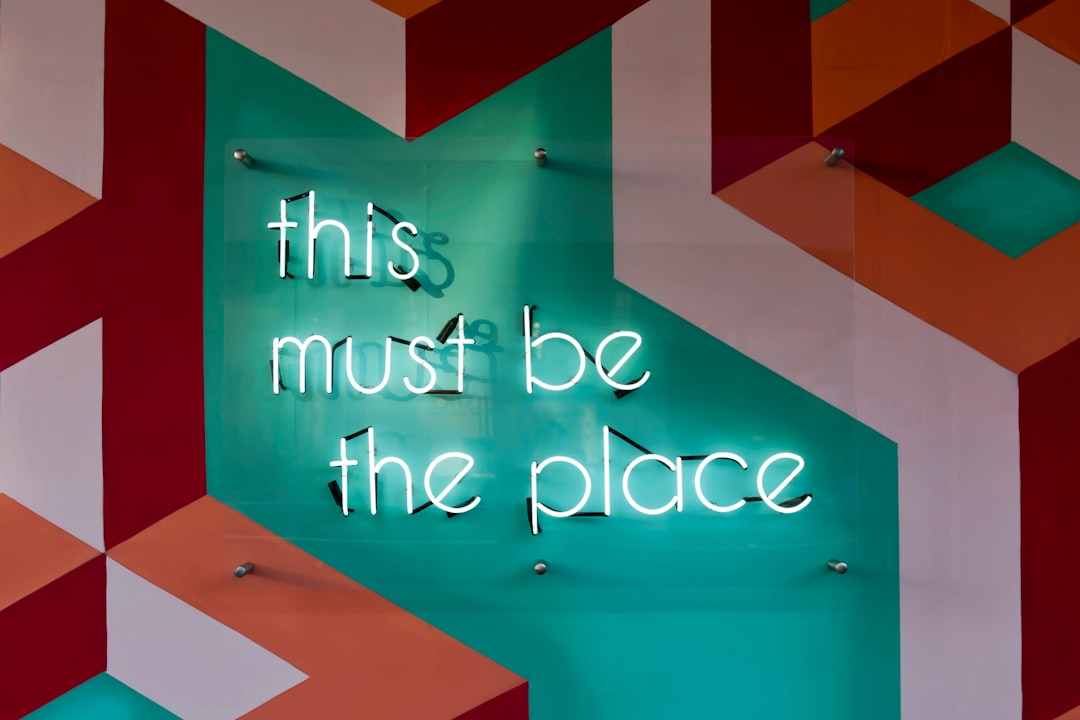Color psychology plays a crucial role in web design, as it has the power to evoke emotions, convey messages, and influence user behavior. When utilized effectively, colors can impact the overall look and feel of a website, improve user engagement, and even drive conversions. In this article, we will explore the importance of utilizing color psychology in website design and how it can help create a visually appealing and user-friendly online platform.
Website design is not just about aesthetics; it is also about functionality and user experience. Colors can help establish a brand identity and communicate the message and values of a company. By understanding the psychological effects of different colors, web designers can strategically choose hues that resonate with their target audience and elicit the desired emotional response.
For example, blue is often associated with trust, reliability, and professionalism, making it a popular choice for corporate websites. On the other hand, red is known to evoke feelings of passion, excitement, and urgency, which can be effective for ecommerce sites looking to drive sales. By incorporating these color associations into their design, website owners can create a strong visual impact that resonates with their users.
In addition to influencing emotions, colors can also help guide user behavior and improve website usability. Through the strategic use of contrasting colors, designers can draw attention to important elements such as call-to-action buttons, navigation menus, and product listings. By utilizing color psychology in this way, websites can create a clear visual hierarchy that guides users through the site and encourages them to take specific actions.
Furthermore, colors can impact user perception and influence decision-making. Studies have shown that color can affect how people perceive a brand, product, or service. For example, warm colors like orange and yellow are often associated with friendliness and positivity, while cool colors like green and purple are linked to innovation and creativity. By incorporating these color associations into their design, website owners can shape the way users perceive their brand and products.
When it comes to website design, color psychology should not be overlooked. By understanding the impact of different colors on emotions, behavior, and perception, designers can create visually appealing and user-friendly websites that engage users and drive conversions. With the right color palette, websites can convey the right message, establish a strong brand identity, and create a positive user experience that keeps visitors coming back for more.

